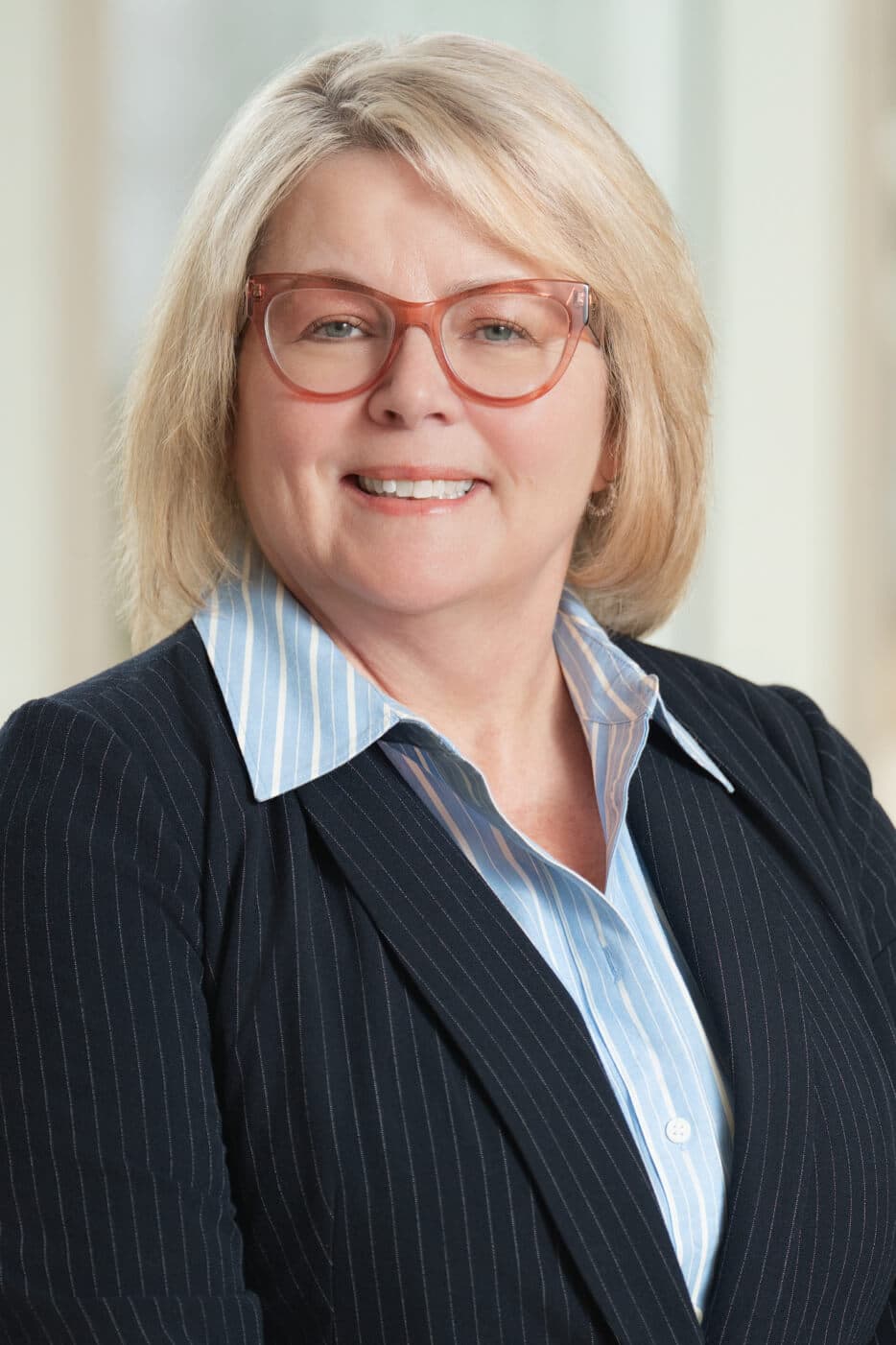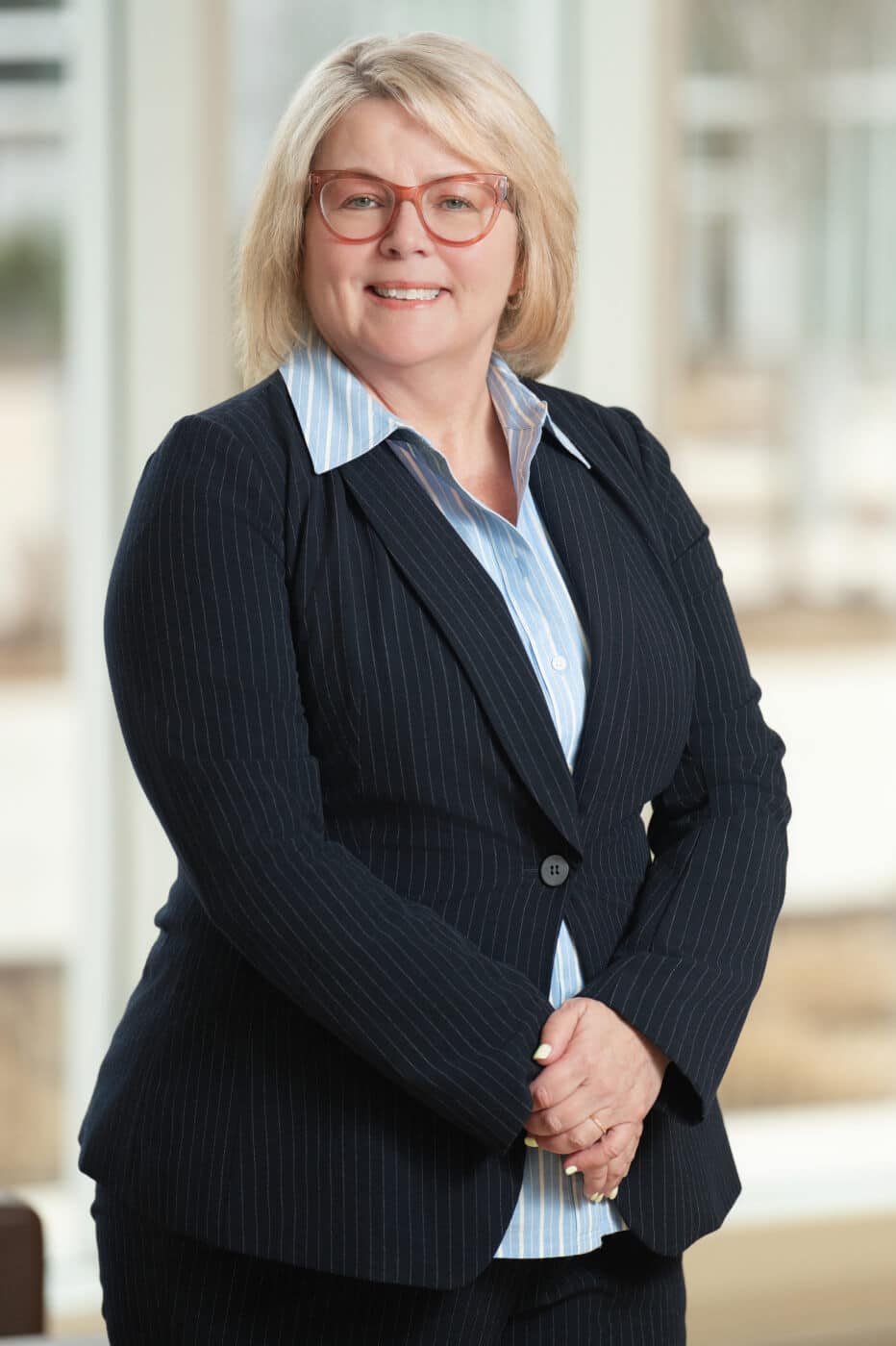Thirty plus years into her career, Sharon Finney has seen it all. She got her start at Diversified Computer Services—a small consulting firm in Atlanta—in the late eighties, when the technology landscape looked quite different.
“Everybody wanted a computer on their desk, but nobody really knew what to do with them,” Finney says with a laugh. “I was a computer science major in college because I liked to build and create things, and this was challenging and new. Little did I know that I would go from writing my first program on a punch-card system to working with artificial intelligence.”
The rise of artificial intelligence (AI) is just one of the challenges that Finney faces as director of cybersecurity operations at Children’s National Hospital. Since joining the renowned pediatrics institution in 2022, she has led initiatives that span the security operations, security analytics, and incident response services that her team provides. At the same time, she has increased cohesion within the team itself, to ensure their readiness to meet whatever the day brings.
Finney first entered the healthcare space as a security administrator at DeKalb Medical after eighteen years with Diversified. From DeKalb, she moved first to Advent Health and then to Johns Hopkins All Children’s Hospital. Each institution exposed her to different aspects of the healthcare industry while giving her the chance to put her skills to use and build something—features that also attracted her to her current role.




